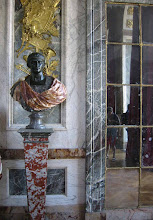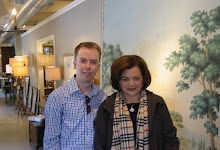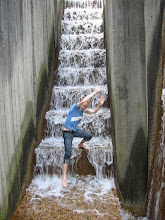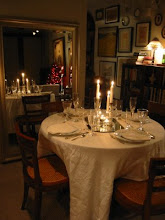I recently found out some very exciting shopping news that will have many of you reaching for your wallets: One of my favorite companies, Chisel & Mouse that produces architectural models, has expanded their line to include not only miniature models but also projects by Frank Lloyd Wright!
I was surprised to arrive home last week and find a large box from sponsor Chisel & Mouse with 4 samples of their delightful and now miniature models. All four are of well known Frank Lloyd Wright projects here within the United States.
The first I'm showing here in 4 different locations throughout my apartment is the V.C. Morris Gift Shop in San Francisco (that I'm very excited to be able to visit while on vacation in California next week!). Expanding on their idea now that many of their models can be wall mounted (as shown above) all of these include a discrete hanging spot on the back for easy display.
The wide base also allows them to sit on a mantel, bookshelf, nestled in a tablescape, desktop, or wherever you choose.
I think their best seller will probably be this highly detailed model of the NYC Guggenheim Museum.
One of the most impressive projects by Frank Lloyd Wright is his Unity Temple in Oak Park, IL which I visited while in college. Here you see it resting on my bookshelf where all 4 models have ended up -an impressive collection.
I think these miniature models make the perfect host /hostess gift and just in time for summer houseguest season! Check out these and other models on their website: Chisel & Mouse. Tell them Architect Design sent you and receive a 10% discount with code "arcdesign"
1951 Lustron in Toledo, OH
1 hour ago









































.jpg)





















.JPG)






































































